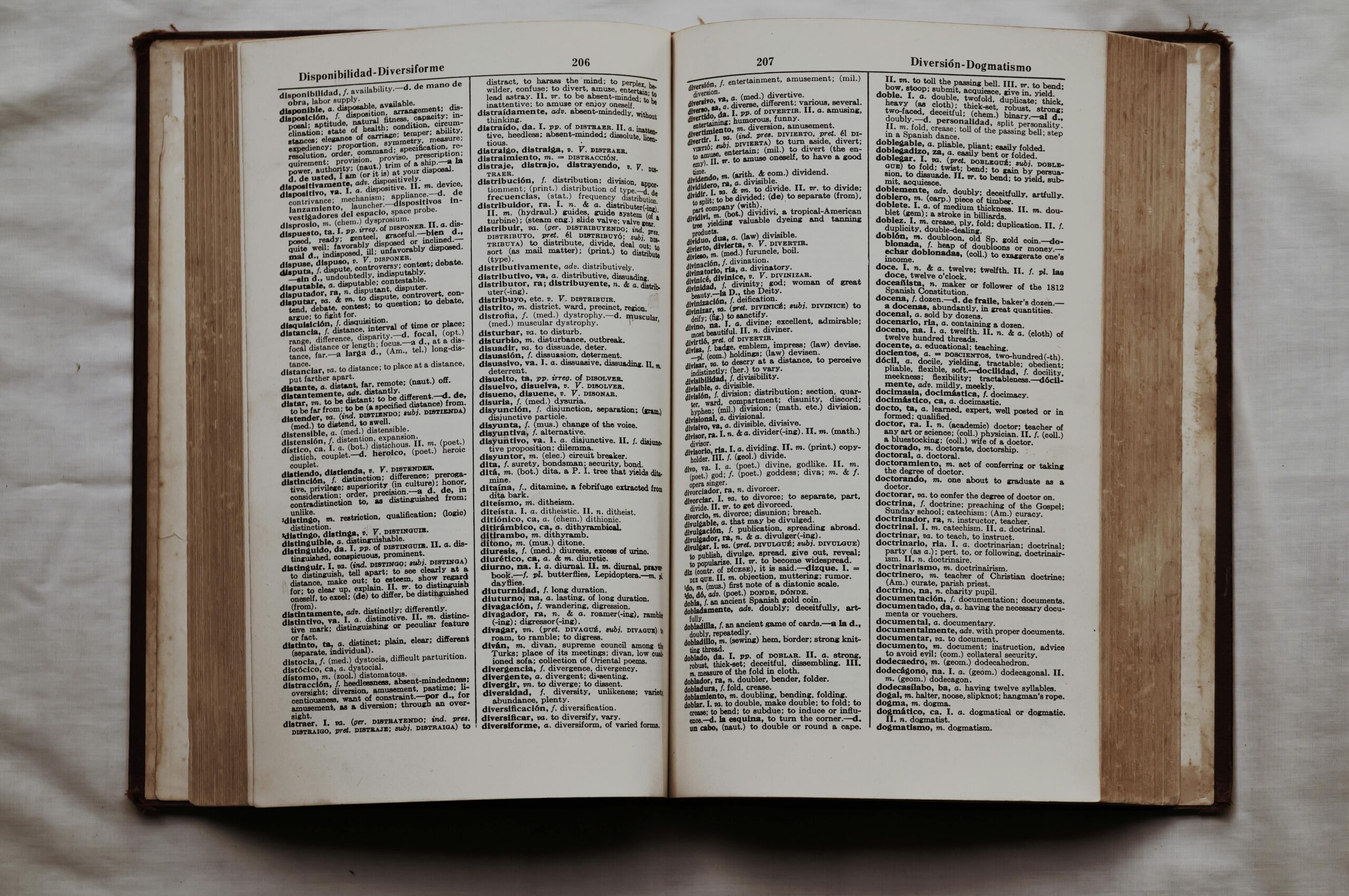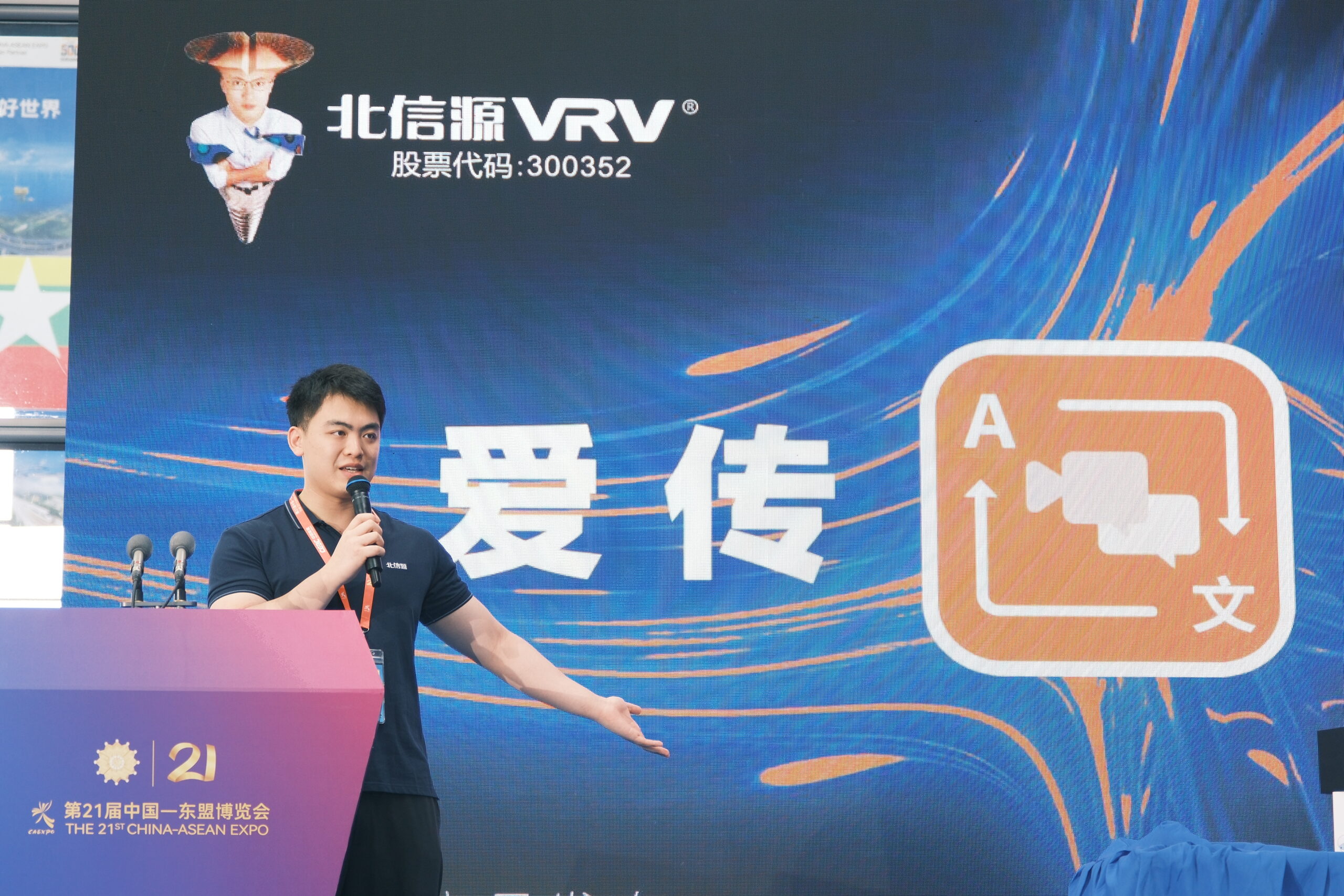A local college is pioneering a groundbreaking project that leverages artificial intelligence (AI) to translate the Bible—a project that not only modernizes one of history’s most influential texts but also redefines the intersection of technology, linguistics, and religious scholarship.

Merging Ancient Wisdom with Modern Technology
For centuries, the Bible has been translated by experts who painstakingly navigated linguistic, cultural, and theological nuances. Today, this venerable tradition meets state-of-the-art AI, which offers the potential to process vast amounts of text quickly while providing translations that are both accurate and contextually informed. The project at the local college harnesses advanced machine learning algorithms to analyze ancient manuscripts and contemporary language patterns, aiming to produce translations that resonate with modern audiences without losing the sacred text’s original intent.
The Process Behind the Translation
The translation process is a sophisticated blend of automated and human-driven efforts:
- Data Collection and Training: The AI system is trained on a diverse corpus of historical Bible translations, scholarly annotations, and linguistic data from ancient languages like Hebrew, Aramaic, and Koine Greek, alongside modern target languages. This extensive dataset helps the system understand complex sentence structures and contextual idioms.
- Contextual Analysis: Unlike simple word-for-word translation tools, the AI employs neural networks that consider context. This means it can detect subtle meanings, cultural references, and theological implications embedded within the text.
- Human Oversight: Despite its advanced capabilities, AI translation in this project is closely monitored by religious scholars and language experts. They provide essential corrections, ensuring that the translations maintain doctrinal accuracy and cultural sensitivity.
- Iterative Refinement: The translation process is not a one-time event but a continuous cycle of feedback and improvement. As the AI system processes more texts and receives expert input, its accuracy and nuance improve over time.
Enhancing Accessibility and Understanding
One of the key motivations behind using AI for Bible translation is to make the text more accessible to a wider audience:
- Modern Language Adaptation: By updating archaic language, the AI translation aims to help readers better understand and relate to the Bible’s messages in contemporary terms.
- Multilingual Reach: The project isn’t limited to one target language. With further development, the AI model could offer translations in multiple languages, making the Bible accessible to non-native speakers and facilitating cross-cultural dialogue.
- Interactive Digital Platforms: The integration of AI-translated texts with digital platforms enables features like interactive study tools, searchable text, and real-time cross-references, enriching the reading experience and educational value.

Broader Implications and Future Prospects
This innovative project has broader implications beyond Bible translation:
- Academic and Theological Research: Enhanced, accurate translations could revolutionize Biblical scholarship by offering new perspectives on age-old texts, supporting academic research, and fostering interfaith dialogue.
- Cultural Preservation: As languages evolve, AI-driven translations help preserve the original cultural contexts and subtleties, ensuring that future generations can connect with the historical and spiritual heritage of the Bible.
- Ethical and Theological Considerations: The project also opens up discussions about the ethics of machine translation in religious contexts. Balancing technological efficiency with respect for sacred traditions remains a key focus as the project evolves.
Frequently Asked Questions (FAQs)
Q1: How does AI improve Bible translation compared to traditional methods?
A: AI processes vast amounts of text quickly and uses contextual analysis to capture subtle meanings and cultural references. However, human experts remain essential for ensuring theological accuracy and sensitivity.
Q2: What languages are involved in this AI translation project?
A: The AI system is trained on ancient source languages like Hebrew, Aramaic, and Koine Greek, and it translates into modern target languages. Future expansions may include multiple contemporary languages to broaden accessibility.
Q3: Can AI fully replace human translators in religious texts?
A: While AI significantly speeds up and enhances the translation process, human oversight is crucial. Experts ensure that the nuanced, doctrinal, and cultural aspects of the text are accurately conveyed.
Q4: What are the benefits of modernizing Bible translations with AI?
A: Modern translations help contemporary readers understand the text better, make the Bible accessible to a wider audience, and provide interactive digital tools for deeper study and engagement.
Q5: Are there any ethical concerns with using AI for translating sacred texts?
A: Yes, ethical considerations include ensuring the respect and accuracy of religious content, maintaining cultural sensitivity, and balancing technological efficiency with the deep reverence these texts command.
Q6: What future developments can we expect from this project?
A: Future developments may include expanding the range of target languages, integrating AI translations with digital study platforms, and refining the system through continuous feedback from scholars and religious communities.

By blending centuries-old scholarship with modern AI technology, the local college’s initiative not only transforms Bible translation but also sets the stage for innovative approaches to understanding sacred texts. This project exemplifies how technology can serve as a bridge between tradition and modernity, fostering a deeper, more accessible engagement with one of the world’s most influential books.
Sources WKBN27


